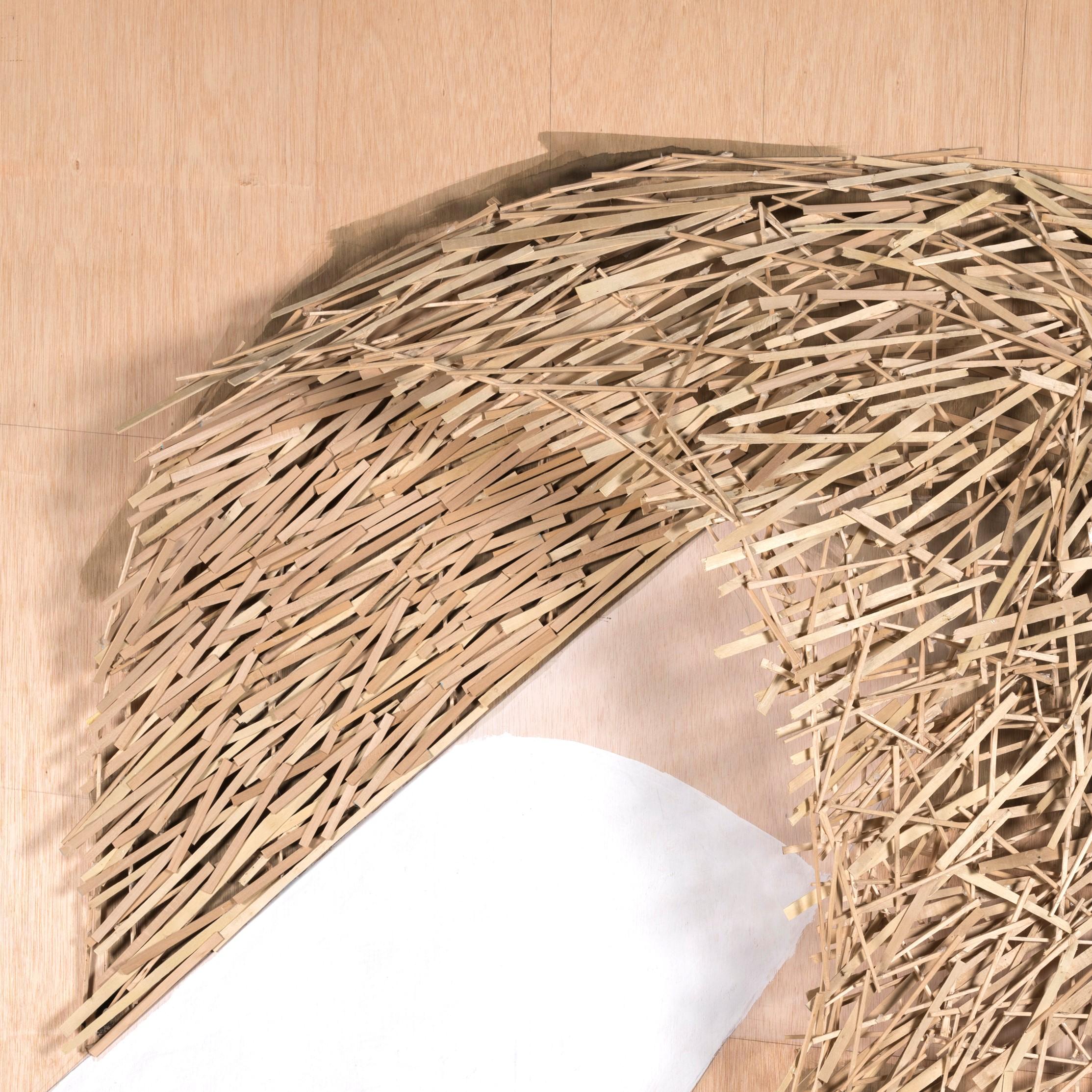Exhibition

Naoto Sunohara : Precipice - Live the Present
2019. Mar. 8 (Fri) - Mar. 24 (Sun)
| Date | 2019. Mar. 8 (Fri) - Mar. 24 (Sun) |
|---|---|
| Hours | 11:00 - 19:00 (closed on Mondays and Tuesdays) |
| Reception | 2019. Mar. 8 (Fri) 18:00-20:00 |
| Artist appears the gallery | 3/22 am |

Airy Blue / mineral pigments , bluish ink on Japanese paper, panel / 2000 x 6000 x 60mm / 2018
Naoto Sunohara Exhibition
Oko Goto, Assistant Curator, Contemporary Art Center, Art Tower Mito
Regardless of the length of our exposure, sensations acquired through experience persist in our subsequent actions. Mountain walking, for example, will have an impact on the pace of our steps and the rhythms of our breath. Attention we give to little things, too, will be remembered by our senses. All these become inexplicable joys, which our bodies eagerly await in similar moments. I sometimes feel the same when confronting a work of art.
Naoto Sunohara's Airy Blue (2018) depicts perilous snow-clad mountainsides. His interest while engaged on this piece was how perceptions are constantly replenished by prior bodily experiences and sensations which were acquired through accumulated action. Sunohara uses mountain trekking to grasp an understanding of the physiognomies of peaks, going beyond his walking speed and his vistas. He transfers such experiences onto the picture plane by expressing what he feels, in new actions, like touches and brush strokes. Gen (Precipice) IV (2017) and Ren (Range)(2018) do not show mountains as representational forms, but have large swings of brushwork and the traces of dripped mineral pigment. Together with their rough material surfaces, they invoke rocky terrains exposed to wind and rain.
Sunohara moved home, and his change of living environment brought him into contact with mountains in a different kind of way. Peaks became the central motif of his work. In view of the emotional connection between people and environment, it is interesting to note how familiar objects can be discovered afresh by such a change of viewpoint. The steep mountains of his old home contrasted with the gracefulness of his new area. He initially gazed at the peaks with the eyes of a newcomer, but as he has continued to work there, his attitudes have become more complex. Yamagata, where he is now based, is a site of mountain worship, and Mts Iide and Ryūzan have been centres of veneration since ancient times. Both appear in Airy Blue (2018) and Ryūgen (2017) respectively. For Sunohara, mountains are neither religious places, endowed with awe and terror, nor symbols of the sublime, as with Turner or Friedrich. Mountains, in his work, are not vertical summits to reach for, nor background element to make something else stand out. Sunohara places himself among the peaks, unfolding their fluctuations in his panoramic oversights. He does not look up to summits as physical or psychological destinations, but lets his mind and body interact with them, as he ceaselessly wanders, without destination. When mountains are captured as closely as this, they combine action with the picture plane, making bodily perceptions possible.
Sunohara's paintings have no marginal elements to assist in grasping significations. He nullifies visual and conceptual meaning, inviting viewers into direct confrontation with his picture surfaces. As viewers trace the undulations and float within the never-clearing mists of thought, they listen to the breath of all phenomena. I recall that a poet once wrote, ‘wandering thought, rather than satisfaction; splendid emptiness, rather than wandering thought.’
Artists
Related News



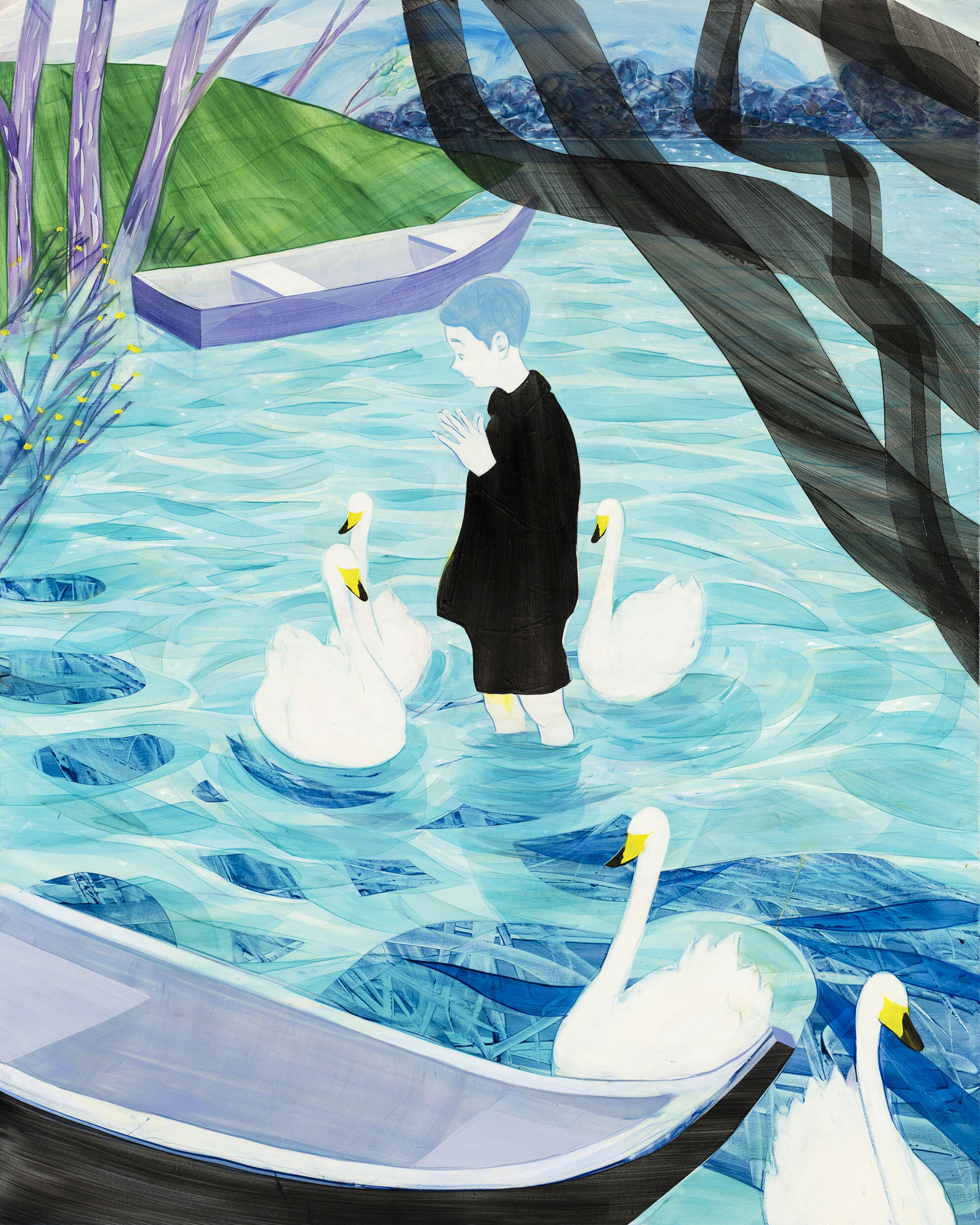
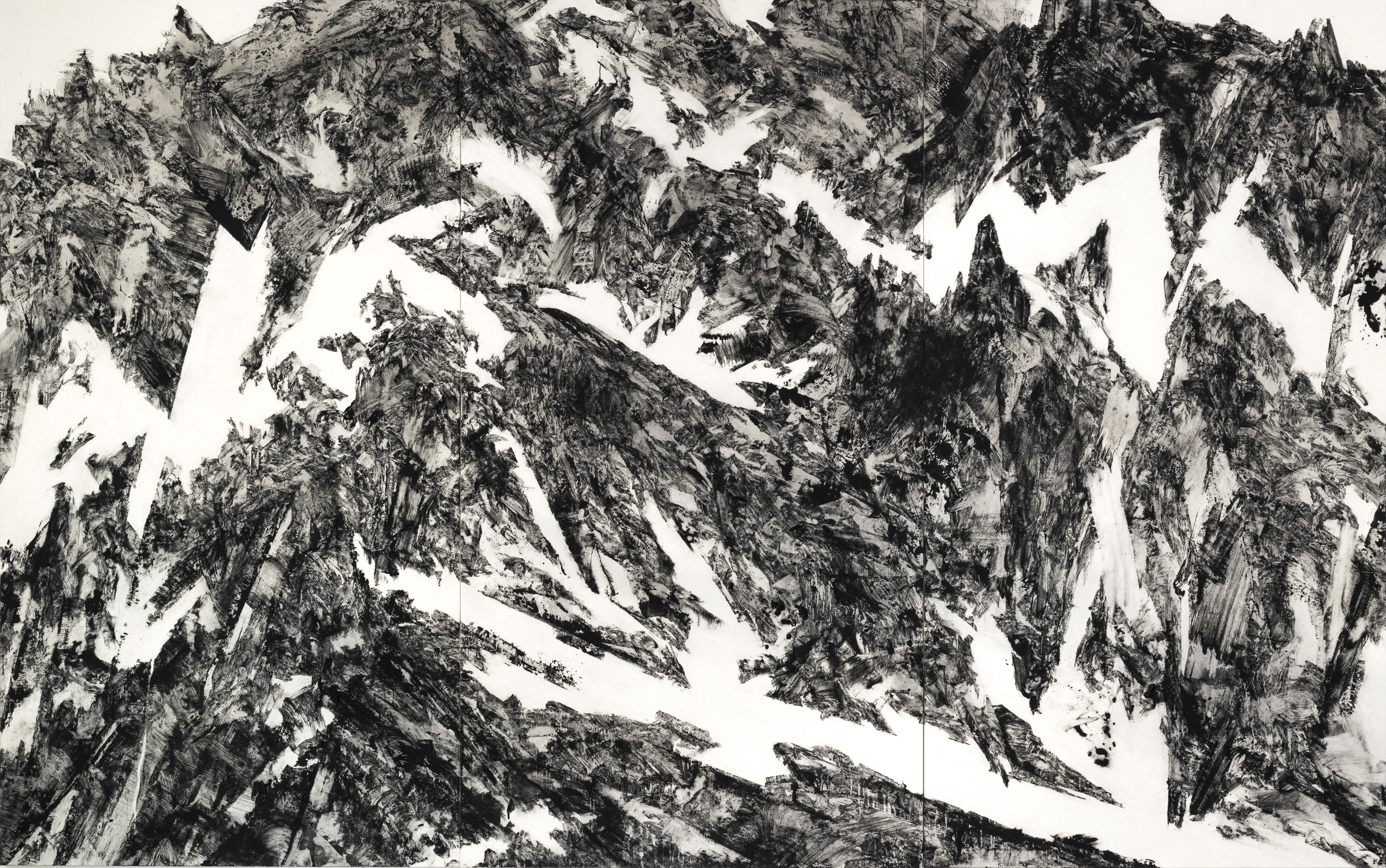
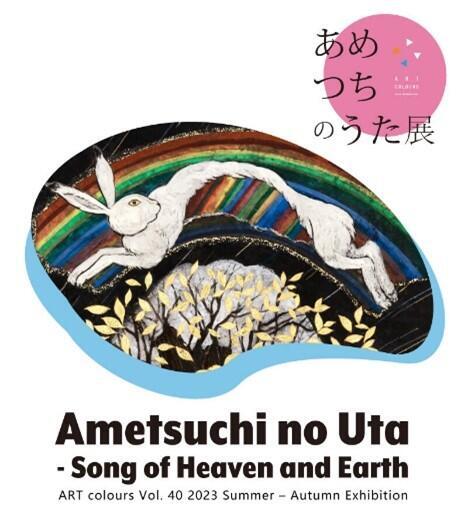
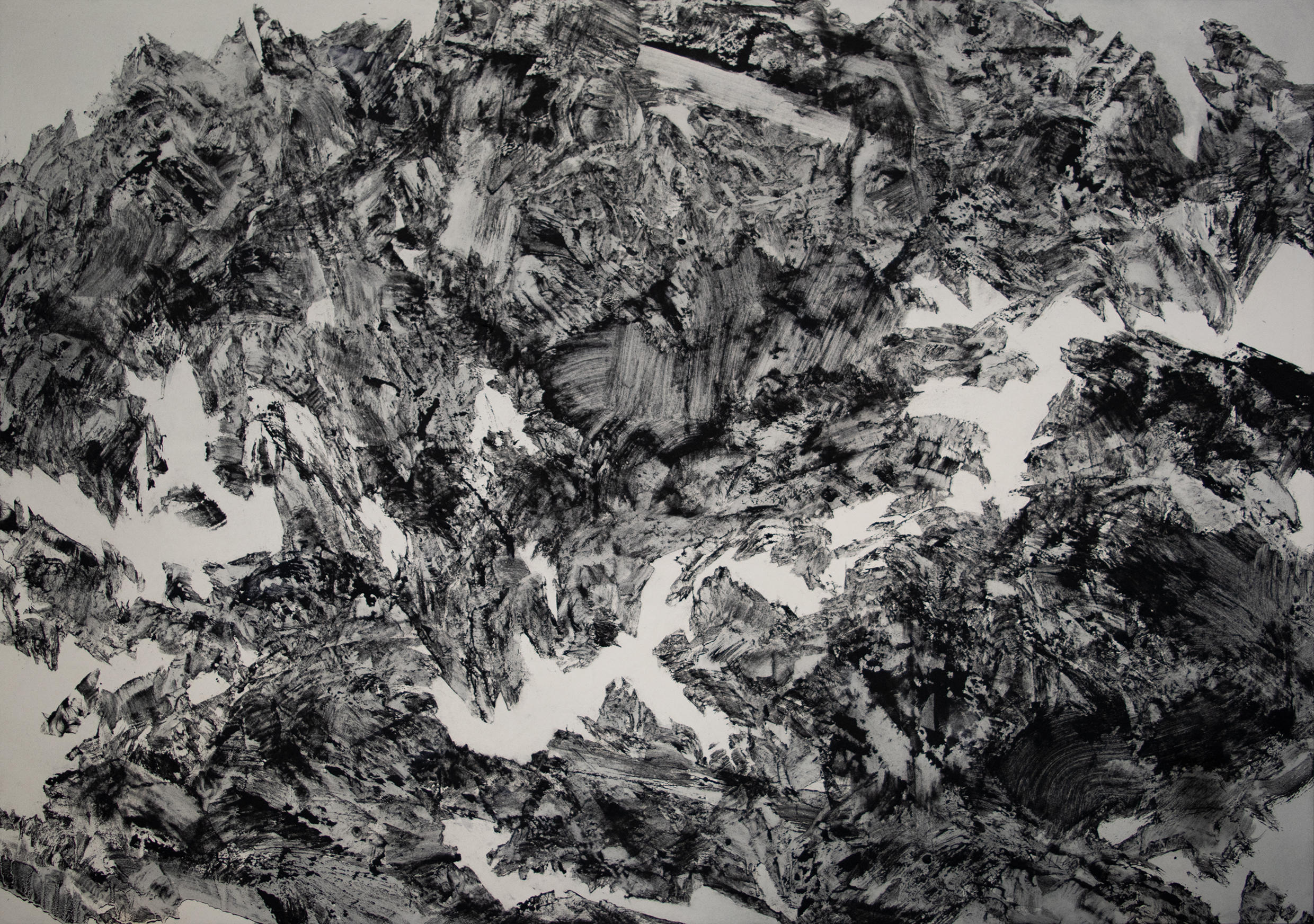






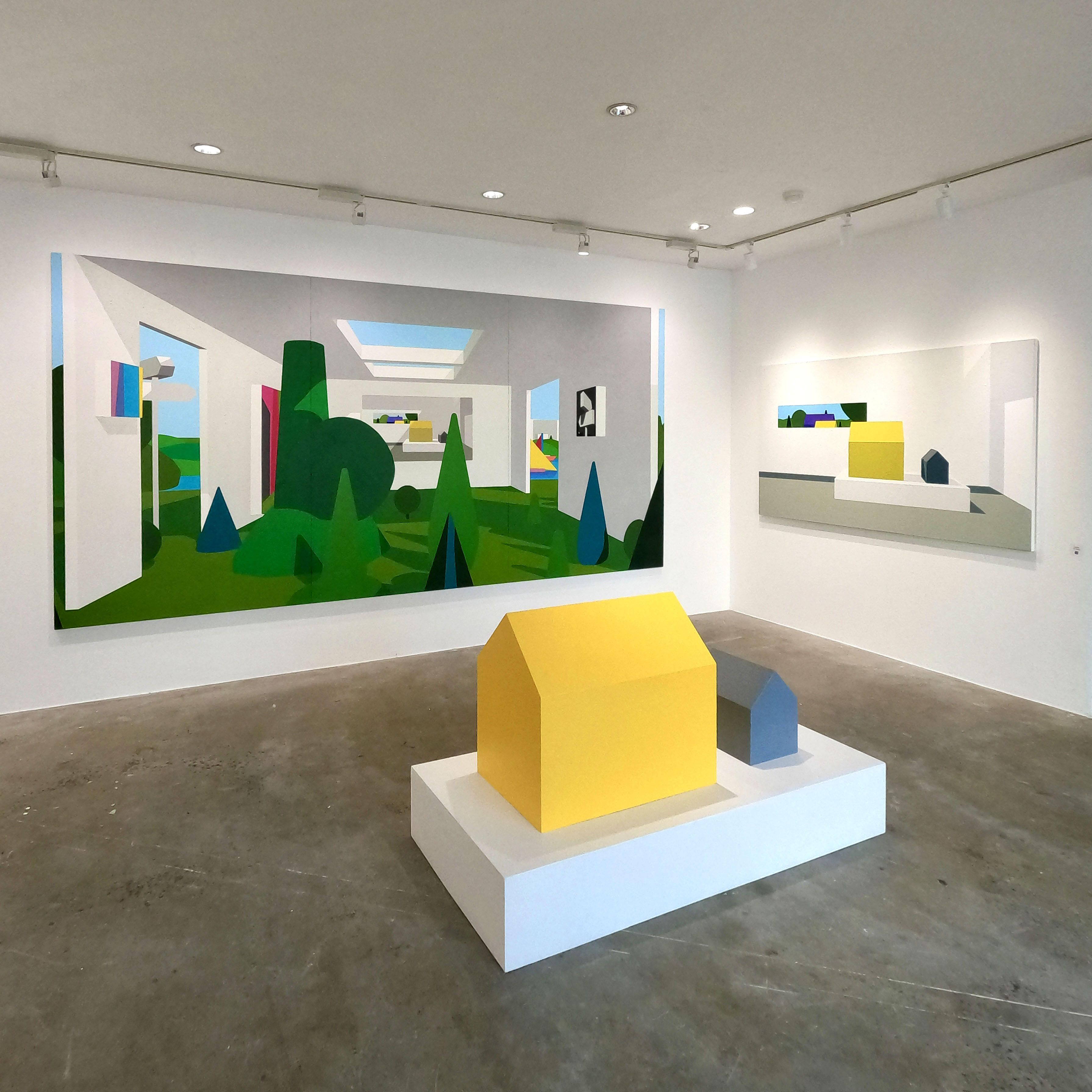


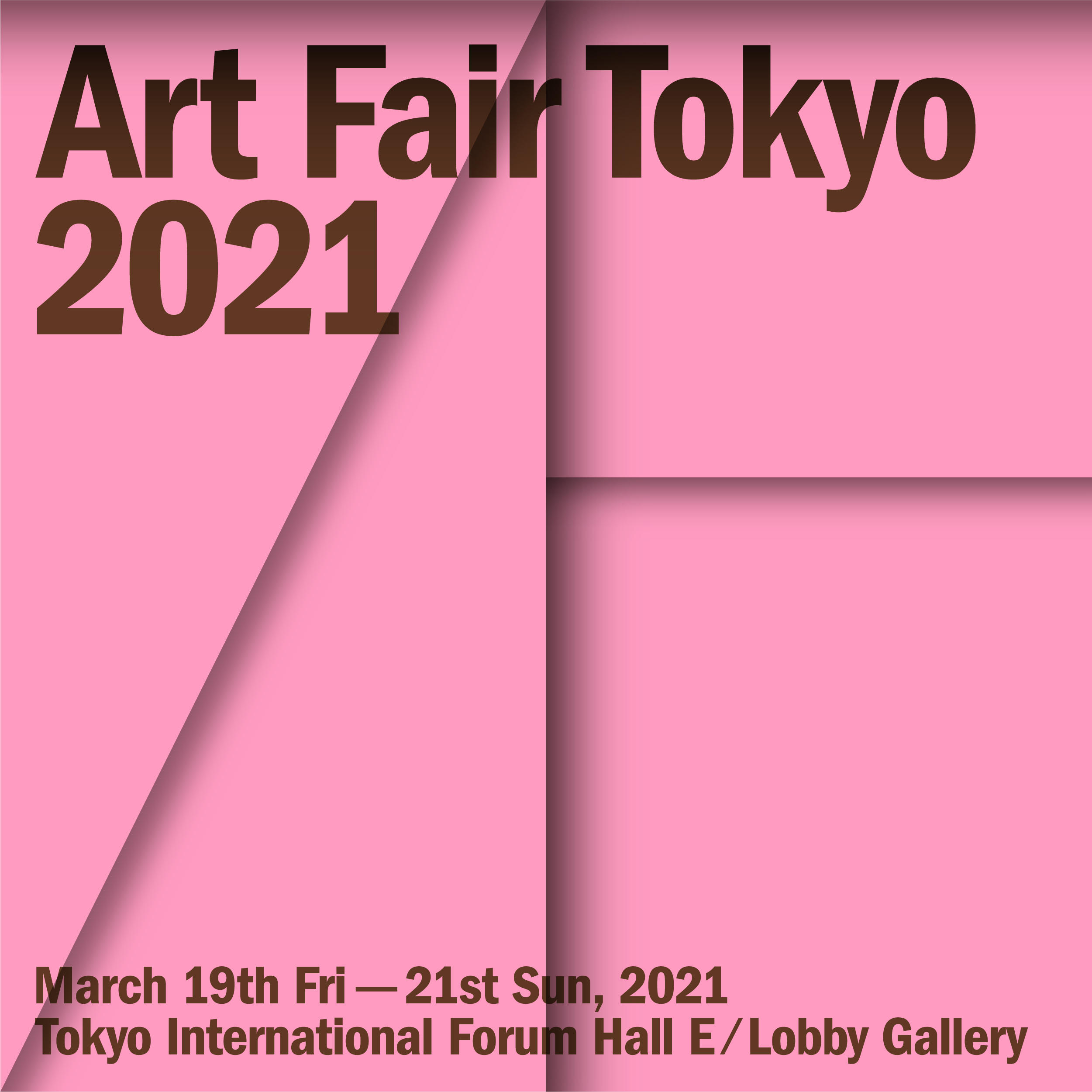

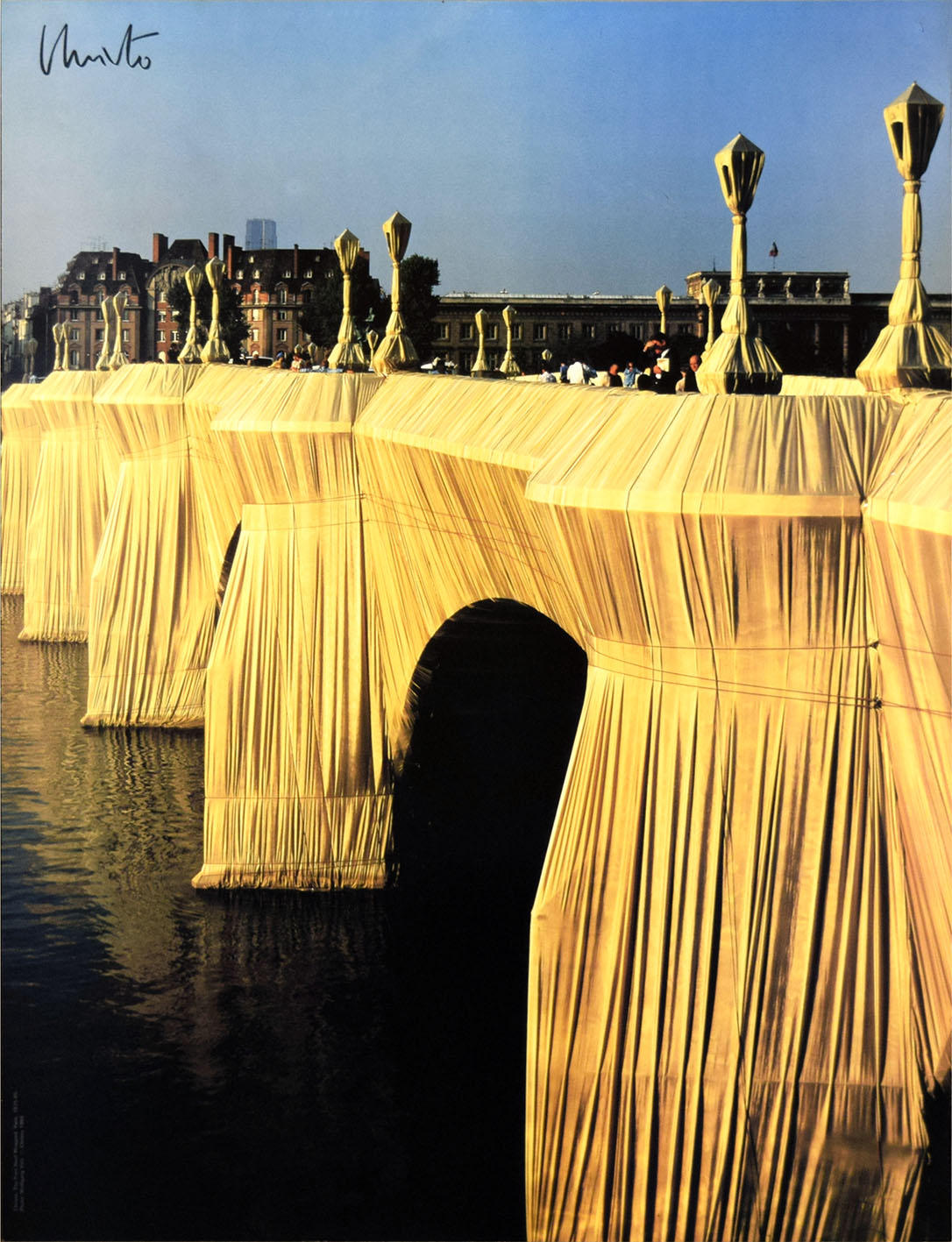
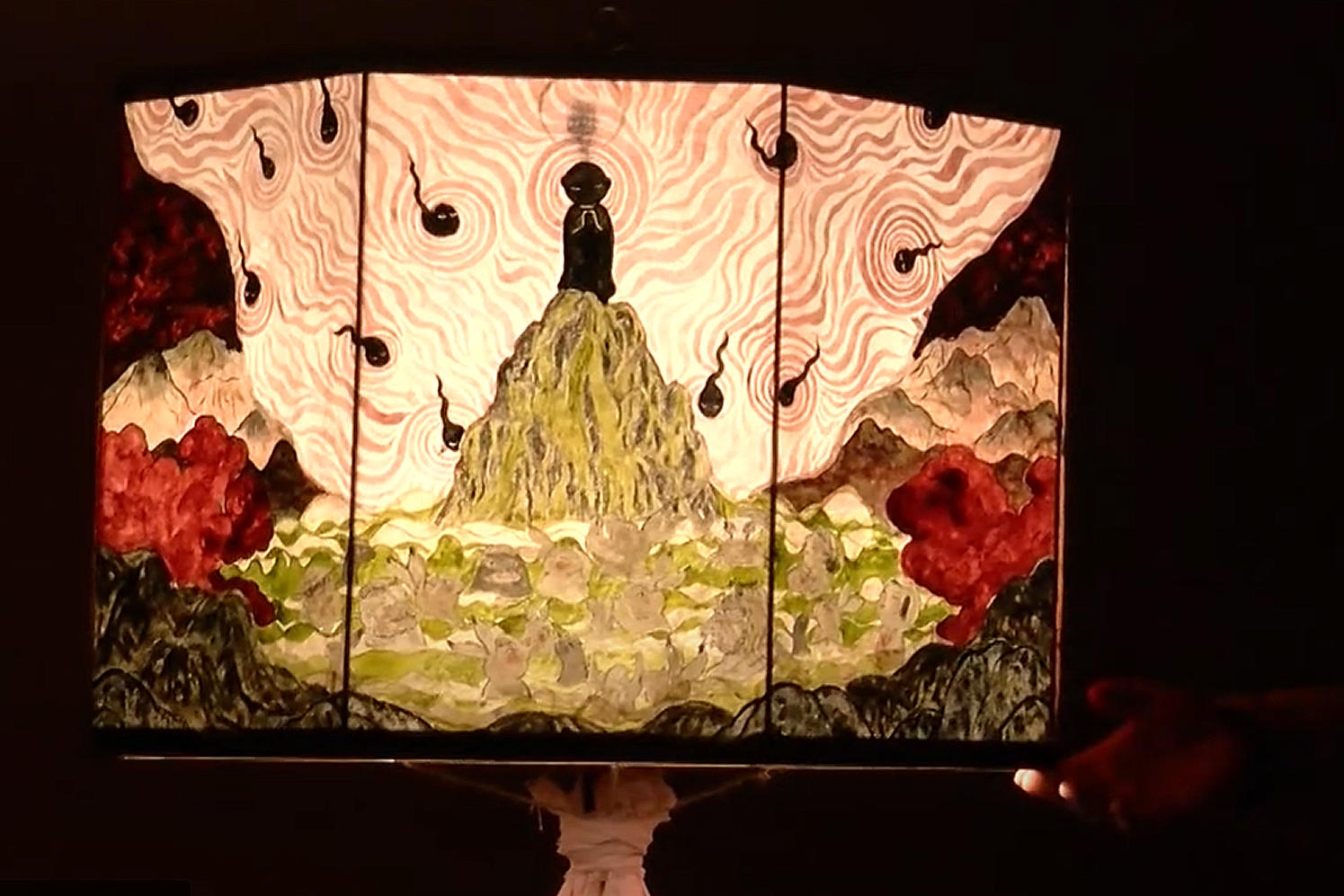
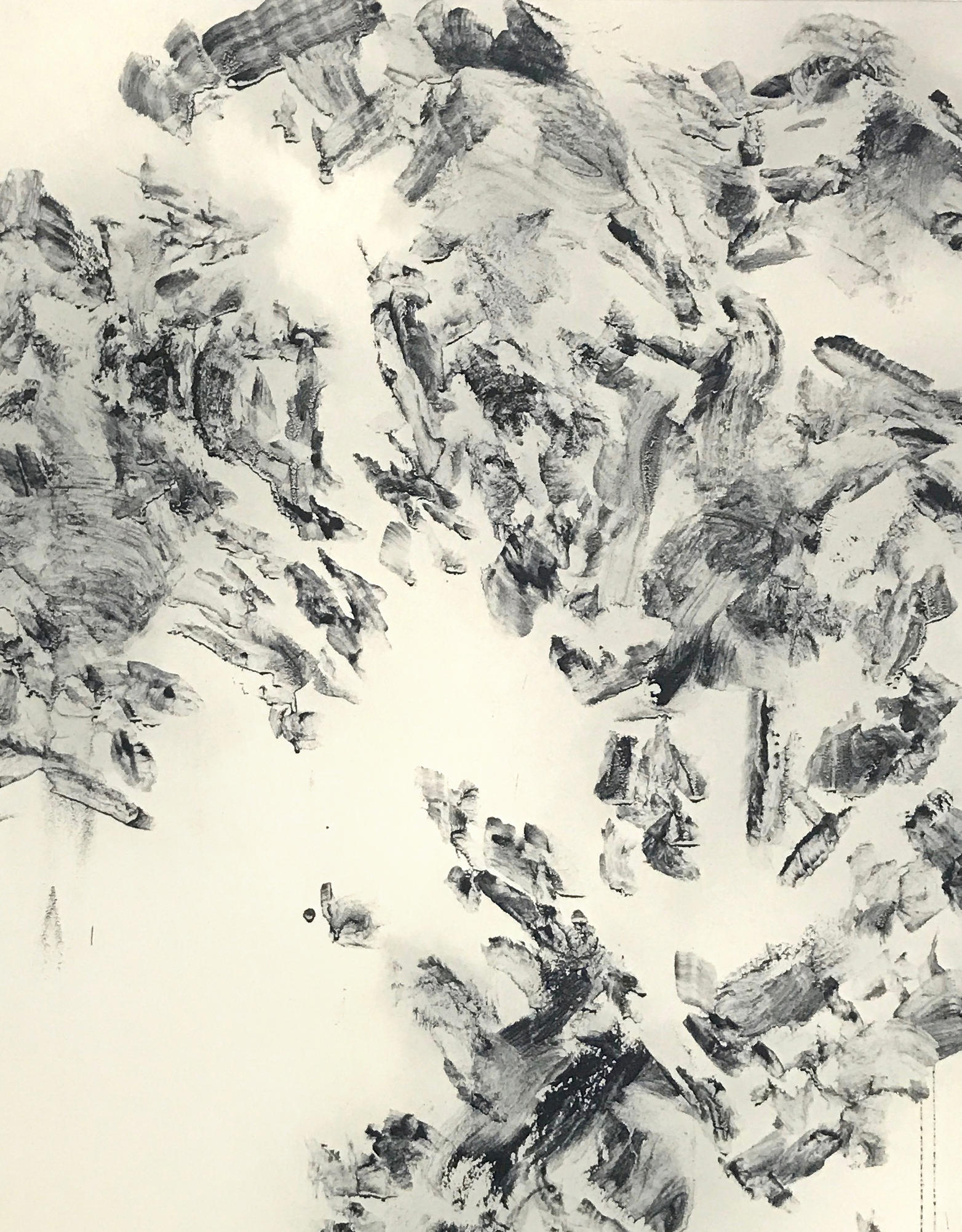
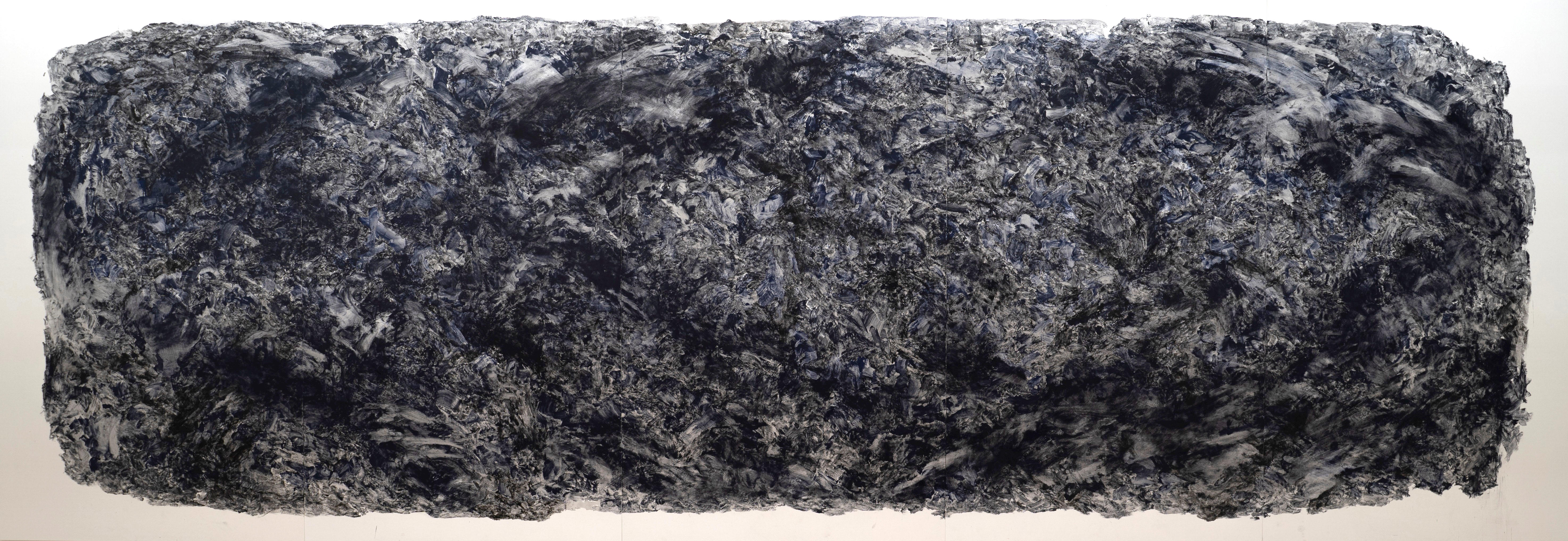
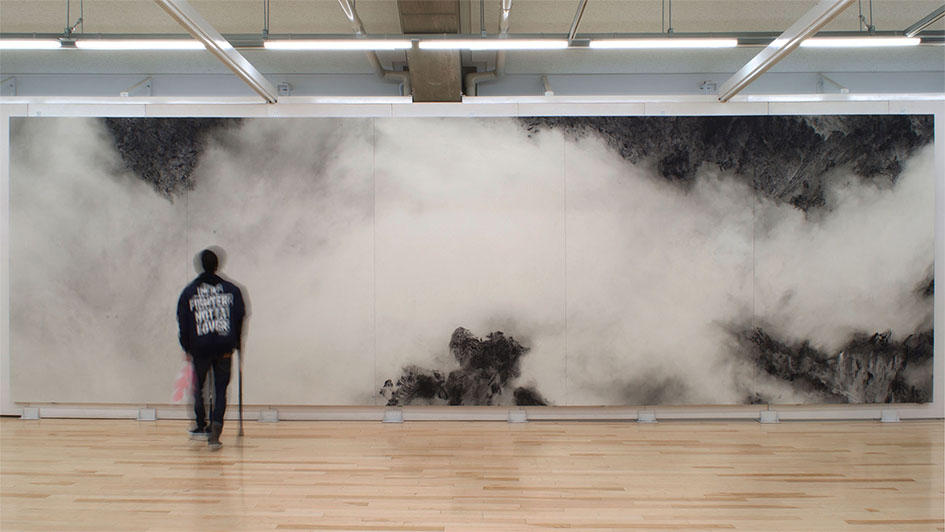
Realated Project



![[Interview] Naoto Sunohara:Japanese painting award exhibition and New challenges](https://artfrontgallery.com/project/img/b8153ae40cbdb4471e1e7d43446b9cc5a5d8f87e.jpg)
